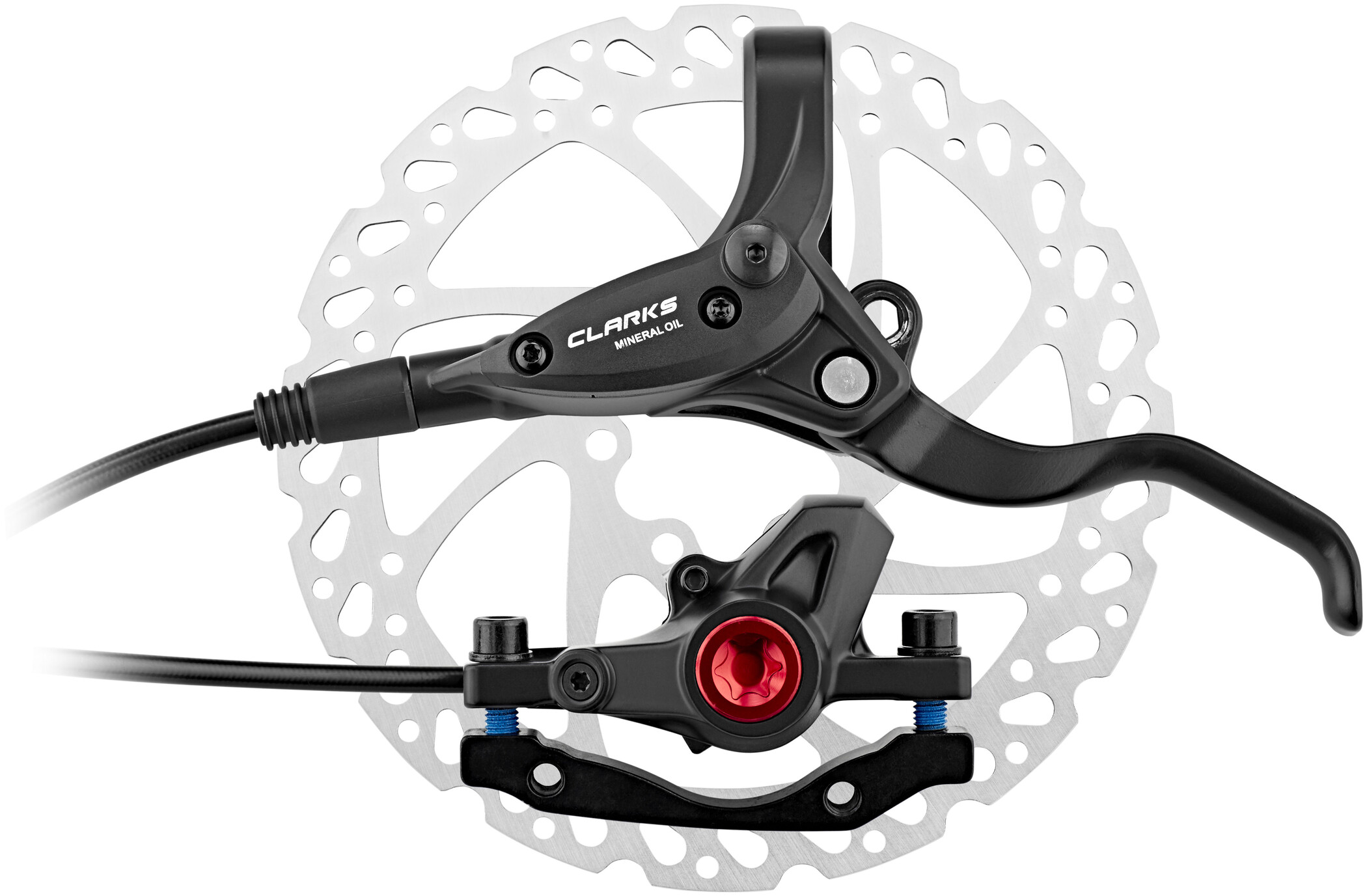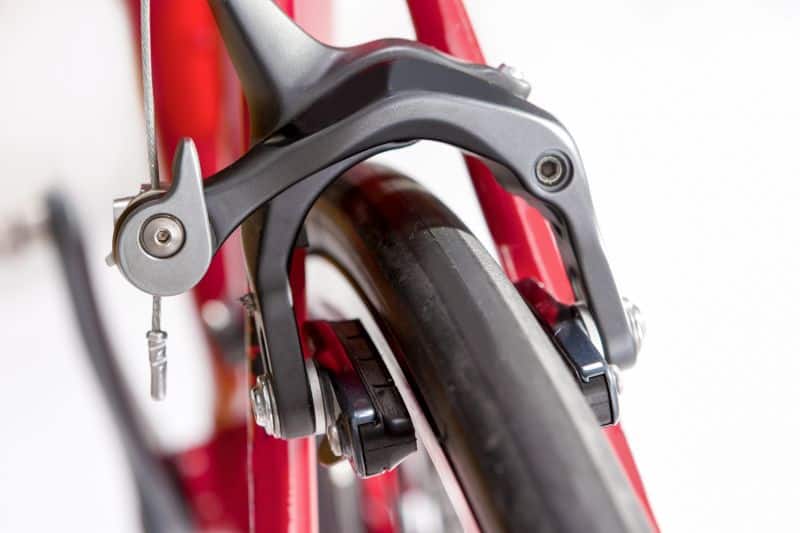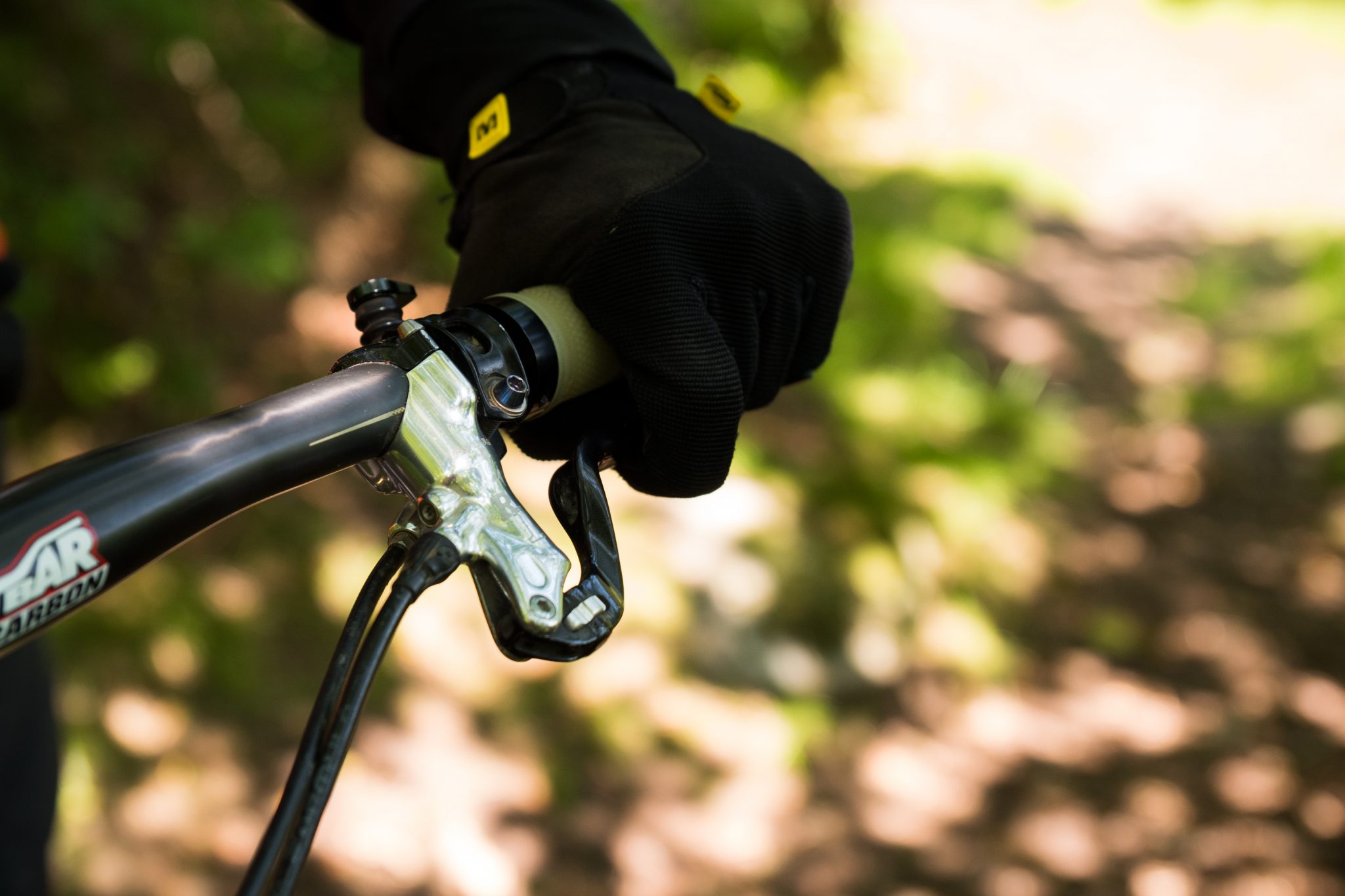Clarks Mountain Bike Brakes: An Overview
Mountain biking is an exhilarating and adventurous sport that requires a reliable and efficient bicycle to ensure safety and enjoyment. One crucial component of a mountain bike is the braking system, which enables riders to control their speed and come to a halt when necessary. Among the various brands offering high-quality brakes, Clarks has established itself as a trusted name in the industry. Clarks mountain bike brakes are renowned for their durability, performance, and affordability, making them a popular choice among both amateur and professional bikers.
Understanding Hydraulic Disc Brakes: Clarks’ Specialty
When it comes to mountain bike brakes, Clarks is well-known for its expertise in hydraulic disc brake systems. These advanced brakes offer numerous advantages over traditional braking mechanisms, making them a popular choice among bikers seeking enhanced control and performance.
Hydraulic disc brakes, like those found in many Clarks mountain bike brakes, use fluid to transfer force from the brake lever to the brake caliper. This design allows for efficient braking power, even in adverse weather conditions or on challenging terrains. Additionally, hydraulic disc brakes require minimal maintenance, as they are less susceptible to contamination and wear than other brake types.
Some notable Clarks mountain bike brake models featuring hydraulic disc brake systems include the Clarks M2 Hydraulic Disc Brake and the Clarks CMD-1 Hydraulic Disc Brake. These models are praised for their consistent braking performance, ease of use, and long-lasting durability.
Comparing Clarks Mountain Bike Brake Models
Choosing the right mountain bike brakes can significantly impact your biking experience. Clarks offers a variety of models, each with its unique features, advantages, and price points. To help you make an informed decision, we have compared some of the top Clarks mountain bike brake models, focusing on aspects like performance, durability, and affordability.
| Model | Performance | Durability | Price Range |
|---|---|---|---|
| Clarks M2 Hydraulic Disc Brake | Excellent | High | $$ |
| Clarks CMD-1 Hydraulic Disc Brake | Very Good | Very High | $$$ |
| Clarks M3 Mechanical Disc Brake | Good | High | $ |
| Clarks M4 Mechanical Disc Brake | Good | High | $ |
The Clarks M2 Hydraulic Disc Brake and Clarks CMD-1 Hydraulic Disc Brake are high-performance options, offering efficient braking power and minimal maintenance. The Clarks M3 Mechanical Disc Brake and Clarks M4 Mechanical Disc Brake, on the other hand, are more affordable choices that still deliver reliable performance and durability.
How to Install Clarks Mountain Bike Brakes
Installing Clarks mountain bike brakes can be a straightforward process if you follow the proper steps and take necessary precautions. Here is a step-by-step guide on installing Clarks mountain bike brakes, complete with images or videos to help you through the process.
Step 1: Gather Necessary Tools
To install Clarks mountain bike brakes, you will need the following tools:
- Allen keys
- Cable cutters
- Rotor truing tool (if installing disc brakes)
- Caliper alignment tool (if installing disc brakes)
Step 2: Remove Old Brakes
Before installing your new Clarks mountain bike brakes, remove the old brakes from your bike. This process typically involves loosening the brake caliper bolts and disconnecting the brake cable.
Step 3: Install Brake Caliper
Position the new brake caliper on the frame or fork, aligning it with the brake mounts. Secure the caliper with the provided bolts and tighten them to the recommended torque.
Step 4: Install Brake Lever
Attach the brake lever to the handlebar using the provided clamp or bolts. Ensure that the lever is positioned at a comfortable height and angle for easy access.
Step 5: Connect Brake Cable
Run the brake cable through the cable housing, connecting it to the brake lever and caliper. Adjust the cable tension to ensure proper brake engagement and lever feel.
Step 6: Test Brakes
Once the installation is complete, test the brakes to ensure they are functioning correctly. Make any necessary adjustments to the cable tension or brake alignment for optimal performance.
Remember to take necessary precautions when working with bicycle components, including wearing protective eyewear and gloves. If you are unsure about any aspect of the installation process, consult a professional mechanic for assistance.
Maintaining Clarks Mountain Bike Brakes: Tips and Tricks
Regular maintenance of your Clarks mountain bike brakes is crucial to ensure their longevity and optimal performance. Here are some tips and tricks on maintaining your Clarks mountain bike brakes, including regular cleaning, adjusting, and lubrication. We will also discuss the warning signs of worn-out brakes and when to seek professional help.
Cleaning Your Clarks Mountain Bike Brakes
Clean your Clarks mountain bike brakes regularly to remove dirt, debris, and grime that can accumulate over time. Use a soft-bristled brush and mild soap to gently scrub the brake components, then rinse with water and dry thoroughly. Avoid using high-pressure water sources, as they can damage the brake system.
Adjusting Brake Lever Position
Adjust the brake lever position to ensure it is comfortable and easy to reach. Most Clarks mountain bike brake levers have a reach adjustment screw that allows you to fine-tune the lever’s position. Consult your bike’s user manual or the brake manufacturer’s instructions for specific adjustment procedures.
Checking Brake Pad Wear
Inspect your brake pads regularly for signs of wear. Worn-out brake pads can lead to reduced braking power and potential safety issues. If your brake pads are worn down to less than 1/16 inch (1.5 mm) thick, it’s time to replace them.
Lubricating Brake Components
Lubricate your Clarks mountain bike brakes’ moving parts to minimize wear and tear and ensure smooth operation. Use a high-quality bicycle-specific lubricant on the brake lever pivot points, brake cable, and other moving components. Avoid applying lubricant to the brake pads or rotors, as this can negatively impact braking performance.
When to Seek Professional Help
If you are unsure about any aspect of your Clarks mountain bike brake maintenance or if you encounter any issues that you cannot resolve, consult a professional mechanic. A certified bike technician can help diagnose and repair any problems, ensuring your safety and the longevity of your brakes.
Real User Experiences: Clarks Mountain Bike Brake Reviews
Understanding the experiences of other riders can help you make an informed decision when choosing the right Clarks mountain bike brakes for your needs. Here, we present real user experiences and reviews of Clarks mountain bike brakes, including pros and cons, as well as overall satisfaction levels. We will also highlight any common issues or strengths mentioned by multiple users.
Clarks M2 Hydraulic Disc Brake Review
The Clarks M2 Hydraulic Disc Brake has received positive feedback from users, who appreciate its powerful braking and easy setup. Many users have praised the M2’s consistent performance in various weather conditions and terrain types. However, some users have reported issues with the brake lever’s stiffness and the need for regular bleeding to maintain optimal performance.
Clarks CMD-1 Hydraulic Disc Brake Review
The Clarks CMD-1 Hydraulic Disc Brake is known for its robust construction and efficient braking power. Users have reported high satisfaction levels with the CMD-1’s durability and low maintenance requirements. However, a few users have noted that the initial setup can be challenging, and the brake rotors may require frequent truing.
Clarks M3 Mechanical Disc Brake Review
The Clarks M3 Mechanical Disc Brake has been praised for its affordability and reliable performance. Users have appreciated the M3’s easy installation and adjustment, as well as its consistent braking power. However, some users have reported that the M3’s braking power is not as strong as that of higher-end hydraulic disc brakes, and the brake pads may wear out more quickly than expected.
Common Strengths and Issues
Across various Clarks mountain bike brake models, users have consistently praised the brand’s brakes for their robust construction, reliable performance, and minimal maintenance requirements. However, some users have reported issues with stiff brake levers, the need for regular bleeding (in hydraulic disc brakes), and occasional compatibility issues with certain bike models.
Where to Buy Clarks Mountain Bike Brakes
When it comes time to purchase new Clarks mountain bike brakes, you have several reliable sources to choose from. Each purchasing method has its advantages and disadvantages, so consider your preferences and needs before making a decision.
Official Websites
Purchasing Clarks mountain bike brakes directly from the manufacturer’s official website can offer several benefits. You can be confident that you are receiving an authentic product, and you may have access to exclusive promotions or warranties. However, shipping costs and delivery times may be factors to consider.
Online Marketplaces
Online marketplaces, such as Amazon or eBay, offer a wide variety of Clarks mountain bike brakes at competitive prices. These platforms often provide customer reviews, which can help inform your decision. However, be cautious when purchasing from third-party sellers, as product authenticity and warranty coverage may be uncertain.
Local Bike Shops
Local bike shops can provide personalized service and expert advice when purchasing Clarks mountain bike brakes. These shops may offer installation services and post-purchase support, ensuring a smooth and enjoyable biking experience. However, the selection and pricing at local bike shops may be more limited compared to online options.
Choosing the Right Purchasing Method
To determine the best purchasing method for your Clarks mountain bike brakes, consider factors such as product authenticity, pricing, selection, shipping costs, and post-purchase support. By weighing these factors, you can make an informed decision and find the perfect Clarks mountain bike brakes for your needs.
Frequently Asked Questions: Clarks Mountain Bike Brakes
When considering Clarks mountain bike brakes, it’s natural to have questions about compatibility, warranty concerns, and upgrade options. Here, we address some of the most frequently asked questions about Clarks mountain bike brakes to ensure you have all the essential information before making a purchase.
Are Clarks mountain bike brakes compatible with my bike?
Clarks mountain bike brakes are generally compatible with most mountain bikes, but it’s crucial to verify the specific mounting system and rotor size of your bike. Consult your bike’s user manual or contact the manufacturer to confirm compatibility.
What is the warranty on Clarks mountain bike brakes?
Clarks typically offers a limited warranty on their mountain bike brakes, covering defects in materials and workmanship. The warranty period may vary depending on the specific model, so refer to the product documentation for accurate information. Keep in mind that normal wear and tear, improper installation, or damage caused by misuse are not covered under the warranty.
Can I upgrade my existing Clarks mountain bike brakes?
Upgrading your Clarks mountain bike brakes is possible, but it depends on the specific model and the components you wish to upgrade. In some cases, you may be able to upgrade the brake pads, rotors, or lever components for improved performance. However, a complete brake system upgrade may be necessary to achieve significant performance gains. Consult the Clarks product documentation or contact their customer support for guidance on upgrading your Clarks mountain bike brakes.
How do I adjust my Clarks mountain bike brakes?
Adjusting your Clarks mountain bike brakes involves fine-tuning the brake cable tension and lever position to ensure optimal performance. Refer to the user manual or watch a tutorial video specific to your Clarks mountain bike brake model for step-by-step instructions on adjusting your brakes. If you are unsure about any aspect of the adjustment process, consult a professional mechanic for assistance.








